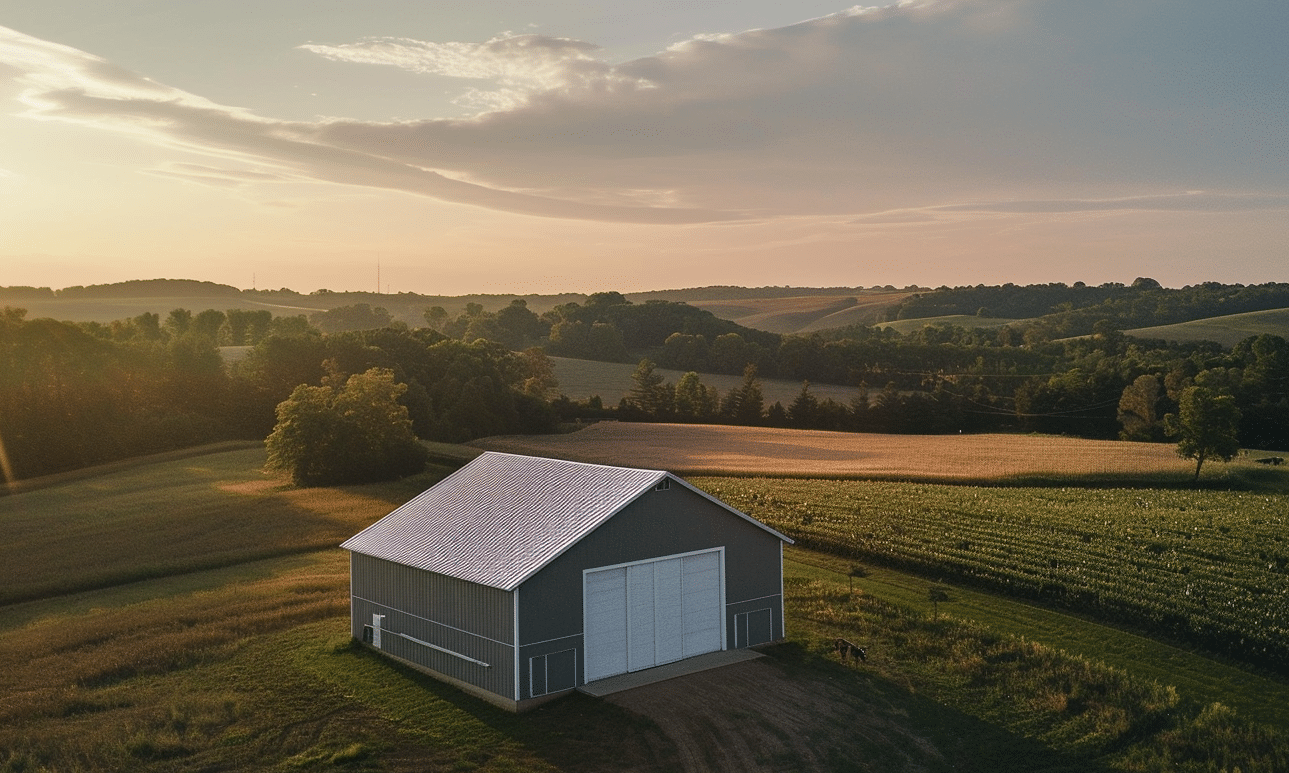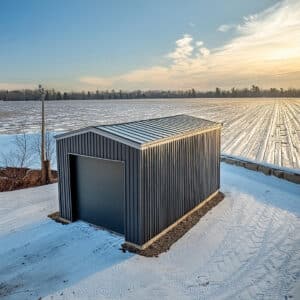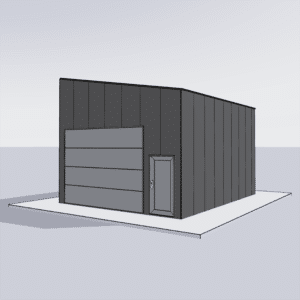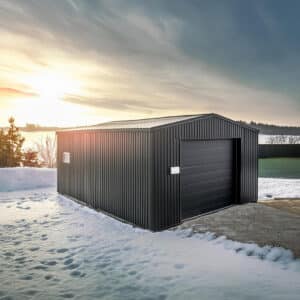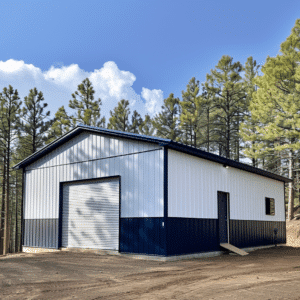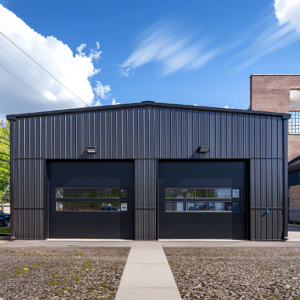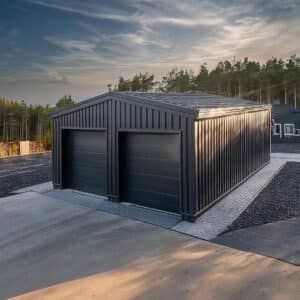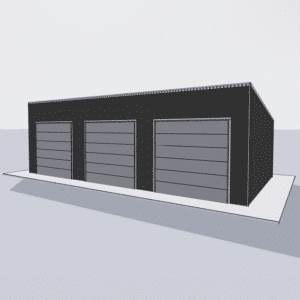Have you ever stepped into a stuffy room and felt the urge to open all the windows immediately? Imagine that feeling inside a pole barn, where poor ventilation could lead to more severe issues than simple discomfort. Whether you’re housing livestock, storing agricultural equipment, or working on a project, proper pole barn ventilation is crucial to maintaining a fresh, healthy, and efficient environment.
If you’re considering building or renovating a pole barn, you might wonder why ventilation is so important and how it impacts your structure. Let’s dive into how ventilation keeps your pole barn fresh, its many benefits, and how you can implement it effectively.
Why is Pole Barn Ventilation Important?
Before delving into the methods and benefits of ventilation, let’s answer the pivotal question: Why should you prioritize ventilation in your pole barn? Simply put, ventilation ensures air circulation, temperature regulation, and the prevention of moisture buildup. Imagine your pole barn as a living, breathing organism requiring fresh air inputs to maintain optimal functionality.
Firstly, ventilation mitigates the accumulation of moisture, which can lead to corrosion, mold, and damage to stored materials. Secondly, it balances the internal temperature by introducing cooler air in warm situations and vice versa. Lastly, proper ventilation improves the air quality for workers and livestock housed in the barn.
Healthier Environment for Occupants
Ensuring adequate ventilation can significantly enhance the health of both humans and animals under the barn’s roof. Proper airflow minimizes the risk of respiratory issues for livestock and ensures a healthier workspace for humans, free from potential allergens or airborne contaminants.
Moreover, maintaining a steady influx of fresh air through Natural Resources Canada – Pole Barn Ventilation guidelines ensures that gases like ammonia or carbon dioxide, often produced in barns, are rapidly dispersed. Without these measures, such gases can accumulate, posing severe health risks.
Prevent Structural Damage
Moisture is the enemy of wooden structures, causing rot and decay if left unchecked. Proper pole barn ventilation reduces moisture levels, prolonging the life of wooden elements. Metal barns, on the other hand, can suffer from rust and corrosion—a threat mitigated by ensuring humidity levels remain low. Incorporating Metal Building Insulation is another effective strategy to minimize moisture-related issues.
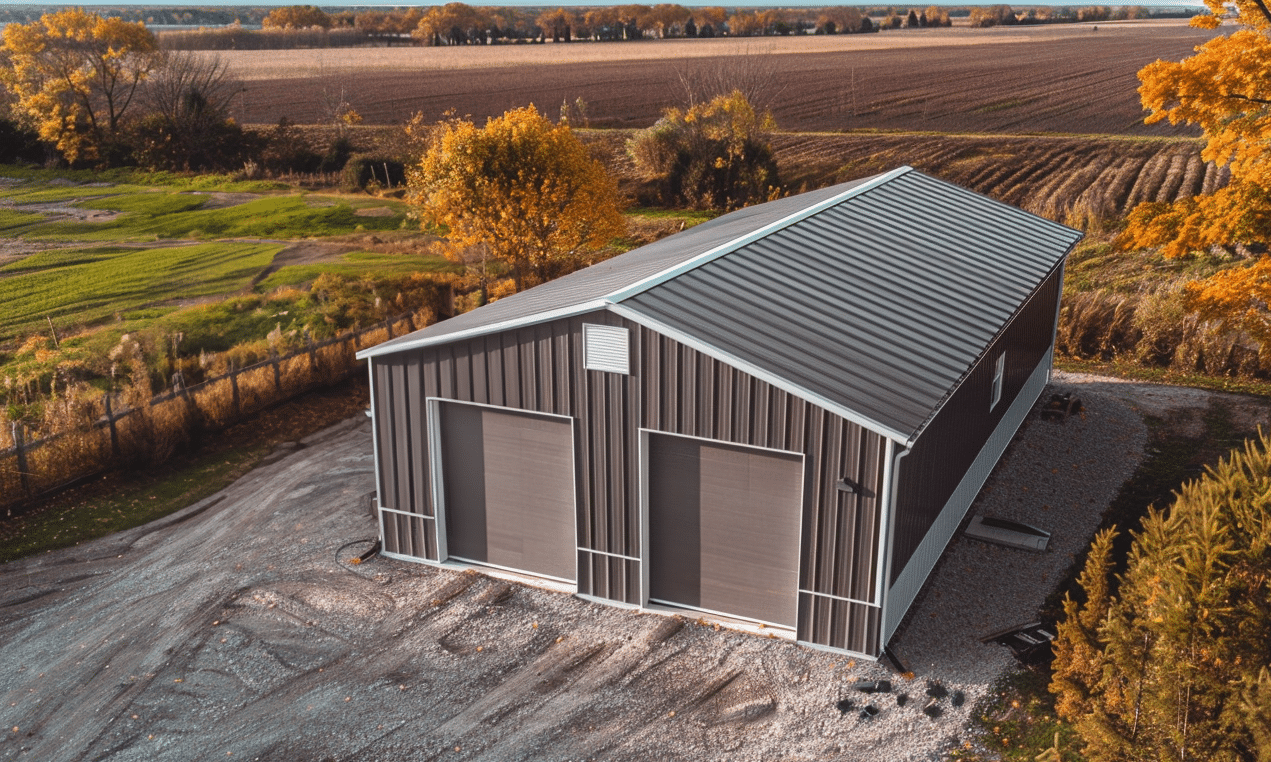
Take, for example, the steel garages shown above, which utilize appropriate insulation and ventilation techniques to maintain the internal atmosphere efficiently.
Methods to Enhance Pole Barn Ventilation
Now that we’ve underscored the importance of pole barn ventilation, let’s explore practical methods to optimize airflow and freshness in your pole barn.
Natural Ventilation Techniques
At the heart of efficient ventilation is the effective use of natural methods. These include ridge vents, gable vents, and strategically placed windows and doors. Ridge vents, positioned along the peak of the roof, allow warm air to escape, while gable vents draw in cooler external air. Coupling these with openable windows facilitates a continual flow of fresh air.
Implementing Ridge and Gable Vents
Ridge and gable vents are structural openings that leverage natural air currents. By facilitating passive ventilation, these vents negate the need for mechanical systems, thereby conserving energy. Consider these vents as your barn’s natural lungs, maintaining air quality and temperature without consuming electricity.
Mechanical Ventilation Options
In cases where natural ventilation doesn’t suffice, mechanical systems step in to enhance airflow. Exhaust fans, air exchangers, and other mechanical systems systematically remove stale air and introduce fresh air. While these may require an initial investment, the long-term benefits regarding air quality and comfort often justify the expense.
Furthermore, integrating Sustainable HVAC systems can further refine your pole barn’s environment, ensuring energy-efficient temperature regulation. You can view various pole barn models, including those with sophisticated ventilation systems, across Ontario and beyond.
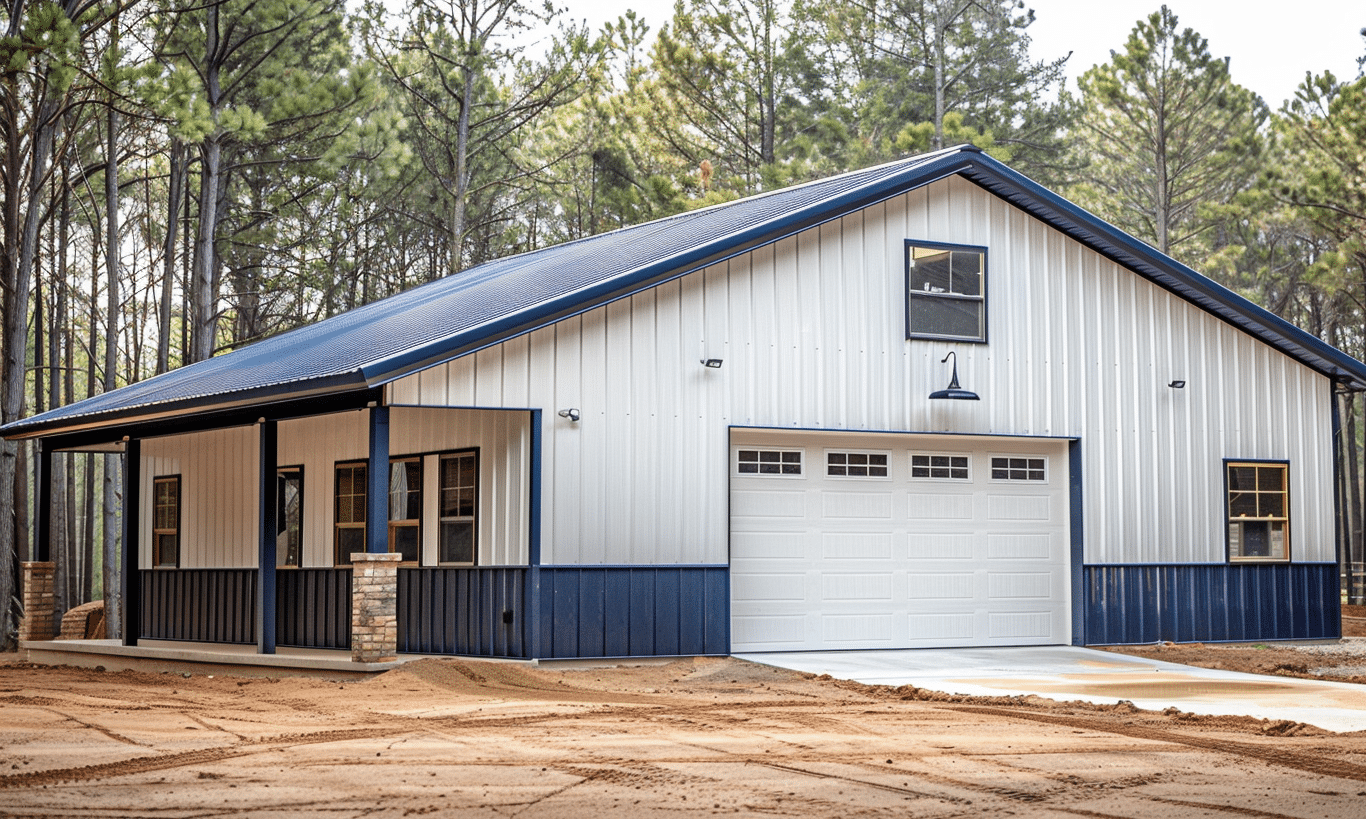
The strategic design of these steel garages in British Columbia showcases how modern aesthetics can harmonize with functionality.
Common Ventilation Pitfalls and How to Avoid Them
While implementing a ventilation system is beneficial, certain common pitfalls can compromise its effectiveness.
Undersized Ventilation Systems
A common mistake is installing a ventilation system that’s too small for the structure’s size. Ensure your vents and fans are adequately sized, bearing in mind the barn’s specific dimensions and purpose.
Ignoring Regular Maintenance
A well-planned system requires regular maintenance to function optimally. Regularly inspect vents and fans to ensure no obstructions or wear and tear have compromised their efficiency. A neglected system may not fully prevent the very issues it was designed to mitigate.
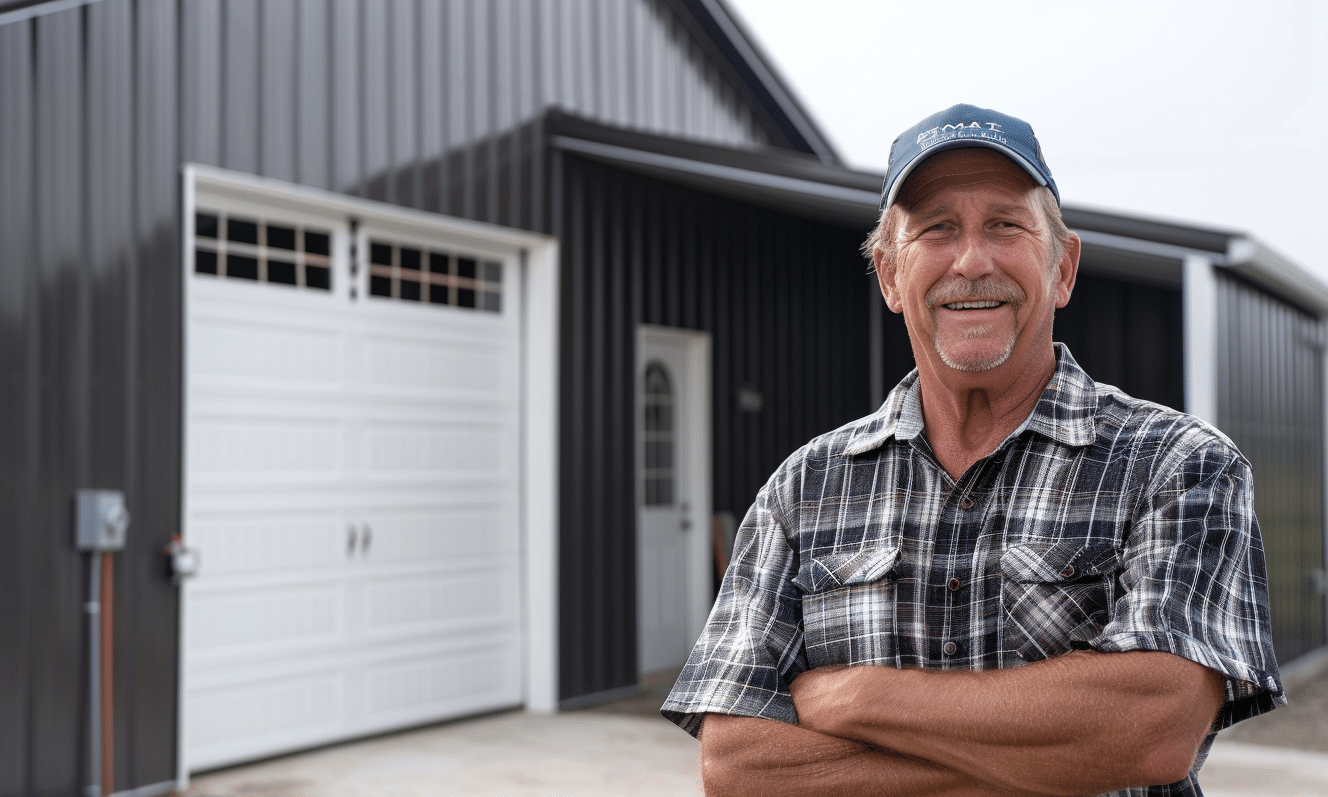
Incorporating robust ventilation strategies ensures that your pole barn remains a functional asset, just like the modern structures in BC exemplify above.
Conclusion
Keeping your pole barn adequately ventilated is not just about maintaining comfort—it’s crucial for the health and longevity of everything housed within. From preventing structural damage to ensuring a healthy atmosphere for both humans and animals, the benefits of effective pole barn ventilation are undeniable.
Utilizing a mix of natural and mechanical solutions, while avoiding common pitfalls, will provide a refreshing and sustainable environment in your barn. Explore a variety of options and designs by browsing through Pole Barns. With the right ventilation strategy, your pole barn does more than just stand sturdy—it thrives.
Now is the time to breathe new life into your pole barn. Wouldn’t you agree?


